Top 10 Home Remedies for Managing Vaginal Yeast Infections
A yeast infection is a common condition that can occur in warm, moist areas of the body. It’s usually caused by a type of fungus called Candida, particularly Candida albicans. While small amounts of this yeast naturally live on the skin and inside the body—especially in the mouth, gut, and vagina—problems arise when it grows out of control.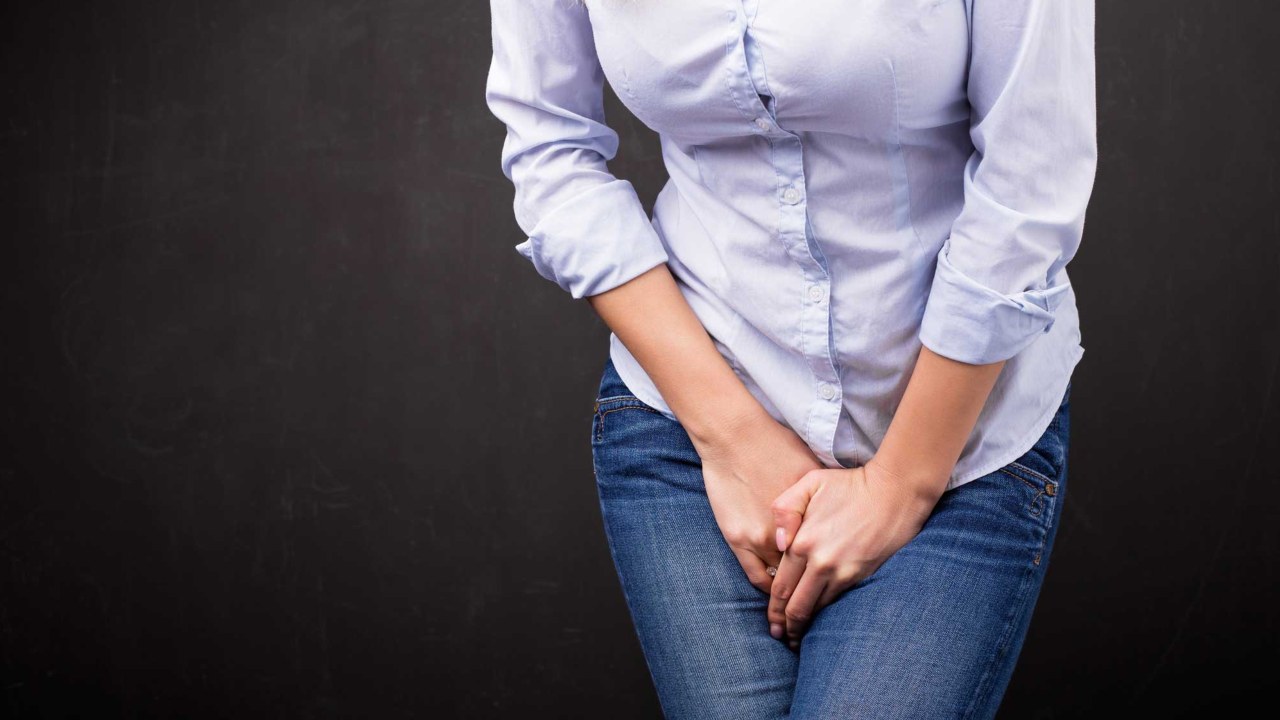
A healthy body typically keeps Candida in check with the help of other “good” bacteria. However, certain factors—like a weakened immune system, stress, antibiotic use, or hormonal changes—can disrupt this balance. When that happens, Candida can multiply rapidly, leading to a yeast infection.
It’s important to note that while yeast infections are sometimes confused with bacterial vaginosis, they are actually two different conditions. Yeast infections are fungal, whereas bacterial vaginosis is caused by an imbalance of vaginal bacteria.
Many people experience yeast infections at some point in their lives, and the symptoms can be uncomfortable and disruptive—itching, burning, irritation, and unusual discharge are common. These symptoms can affect your day-to-day comfort and confidence, making fast relief a top priority.
What Are the Symptoms of a Yeast Infection?
The symptoms of a yeast infection can vary between men and women, but discomfort and irritation are common in both.
In men, a yeast infection may cause:
- Redness, irritation, or a rash on the head of the penis
- White, patchy discharge or a dry, shiny appearance on the tip
- Burning or itching, especially after intercourse
- It may also cause soreness or an unpleasant odor in some cases.
In women, typical symptoms include:
- Itching, burning, or irritation in and around the vagina
- Thick, white, cottage cheese-like discharge
- Redness or swelling of the vulva
- Pain during urination or sex
- Some women may also experience a general feeling of vaginal discomfort or dryness.
In both men and women, if left untreated, the infection can lead to more discomfort, including internal irritation or persistent itching that doesn’t go away easily. Although less common, small sores or lesions can also appear in severe cases.
Signs & Symptoms of a Yeast Infection
- Early signs of a vaginal yeast infection often include persistent itching and a burning sensation in and around the vagina and vulva (the outer genital area). The skin may also appear dry, flaky, or irritated.
- One of the most recognizable symptoms is a thick, white vaginal discharge with a texture similar to cottage cheese or ricotta. While typically odorless, it may carry a faint bread-like or yeasty smell.
- The discharge can vary—ranging from thick to more fluid-like—and in some cases, it might appear slightly yellow or clear.
- It’s important to note that the yeast causing these infections—Candida—is different from the type used in baking or brewing (Saccharomyces cerevisiae).
How Do You Get a Yeast Infection?
1. Diabetes:
When diabetes is poorly controlled, high blood sugar levels in the blood, urine, and vagina provide extra food that promotes yeast growth. In fact, recurrent yeast infections in the vagina or mouth can sometimes be a key indicator, prompting doctors to test for undiagnosed diabetes.
2. Pregnancy:
Hormonal changes during pregnancy can alter the vaginal pH and increase blood sugar levels, which provide a source of nourishment for harmful microorganisms, including yeast.
3. Antibiotics:
Antibiotics, especially tetracycline or ampicillin, can disrupt the balance of microorganisms in the vagina by killing beneficial bacteria like lactobacilli. This allows Candida (the yeast causing infections) to multiply uncontrollably. Some antibiotics may also directly stimulate yeast growth.
4. Times of Stress:
Research suggests a connection between stress and yeast infections. Studies show that fungal infections, including yeast infections, may increase during periods of high stress. This may be due to chronic stress affecting the body’s immune function, making it harder to control yeast overgrowth.
5. Diseases or Medications That Impair Immune Function:
Certain illnesses and conditions, such as HIV/AIDS, as well as medications like corticosteroids that suppress the immune system, can weaken the body’s ability to maintain a healthy balance of microorganisms in the vagina, making it easier for yeast to grow uncontrollably.
Other Causes of Yeast Infections
- Medications: Certain medications, such as birth control pills, antibiotics, and steroids, can disrupt the balance of microorganisms in the body, making it easier for yeast to grow uncontrollably.
- Poor Eating Habits: A diet high in sugary foods can fuel the growth of yeast, as yeast thrives on sugar.
- Underlying Diseases: Conditions like diabetes, HIV, or AIDS can weaken the immune system, making it more difficult for the body to control yeast growth.
- Hormonal Changes: Fluctuations in hormone levels, especially during menstruation, can alter the vaginal environment, creating conditions that promote yeast infections.
- Menstruation: Having your period can increase the risk of yeast infections due to changes in vaginal pH and increased moisture.
- Lack of Sleep: Sleep deprivation can weaken your immune system, making it more susceptible to infections, including yeast infections.
- Pregnancy: Hormonal changes during pregnancy, along with higher blood sugar levels, can make it easier for yeast to thrive.
- Stress: Chronic stress can negatively affect your immune system, making it harder for your body to keep yeast levels under control.
How to Prevent Vaginal Yeast Infections
- Avoid Scented Hygiene Products: Stay away from scented sprays, tablets, bubble baths, and tampons, as they can disrupt the natural balance of bacteria in the vagina.
- Change Out of Wet Clothes Quickly: After swimming or exercising, change out of wet bathing suits and workout clothes as soon as possible to reduce moisture and prevent yeast growth.
- Wear Breathable Cotton Underwear: Opt for cotton underwear with a cotton crotch, and choose pantyhose with a cotton lining to allow better airflow and reduce moisture buildup.
- Avoid Tight Clothing: Avoid wearing tight underwear or clothes made from synthetic fibers, as they can trap heat and moisture, creating an ideal environment for yeast growth.
- Change Tampons and Pads Frequently: During your period, make sure to change tampons and pads regularly to keep the area dry and clean.
- Avoid Hot Baths: Hot water can irritate the vaginal area and promote yeast growth, so it’s best to avoid long, hot baths.
- Opt for Showers Over Baths: Showers are generally a better option than baths, as they prevent prolonged exposure to standing water, which can create a breeding ground for yeast.
Top 10 Home Remedies for Managing Vaginal Yeast Infections
1. Yogurt
How it helps: Plain, unsweetened yogurt contains probiotics (like Lactobacillus), which can restore the natural bacterial balance in the vagina and help fight off the overgrowth of yeast.
How to use: Apply plain yogurt directly to the affected area or consume it regularly to improve gut health. It’s best to use yogurt without added sugars, as sugar can encourage yeast growth.
2. Coconut Oil
How it helps: Coconut oil has antifungal properties, which can help combat the yeast causing the infection.
How to use: Apply a small amount of virgin coconut oil to the affected area twice a day. Make sure to use organic, virgin coconut oil for the best results.
3. Apple Cider Vinegar
How it helps: Apple cider vinegar has natural antifungal properties and can help restore the pH balance of the vaginal area.
How to use: Add 1-2 cups of apple cider vinegar to a warm bath and soak for 15-20 minutes, or dilute with water and apply it directly to the affected area. Avoid undiluted vinegar, as it may cause irritation.
4. Tea Tree Oil
How it helps: Tea tree oil is known for its strong antifungal and antibacterial properties, which can help treat yeast infections.
How to use: Dilute a few drops of tea tree oil with a carrier oil (like coconut or olive oil) and apply it to the affected area. Use only diluted tea tree oil to avoid skin irritation or burning.
5. Garlic
How it helps: Garlic has natural antifungal properties and can be effective in fighting off yeast infections.
How to use: Consume raw garlic regularly or apply garlic oil (diluted with a carrier oil) directly to the affected area. Garlic can also be taken in supplement form for a more convenient option.
6. Cranberry Juice
How it helps: Cranberry juice can help prevent the growth of yeast by promoting a healthy urinary tract and pH balance.
How to use: Drink unsweetened cranberry juice daily, or take cranberry supplements to help support the body’s natural defenses. Make sure the juice is unsweetened to avoid feeding the yeast.
7. Baking Soda
How it helps: Baking soda has antifungal properties and can help relieve itching and discomfort caused by yeast infections.
How to use: Add a cup of baking soda to a warm bath and soak for 15-20 minutes to relieve symptoms. Baking soda can also be applied directly to the affected area for targeted relief.
8. Probiotics
How it helps: Probiotics help replenish the healthy bacteria in your body, which can prevent yeast overgrowth.
How to use: Take probiotic supplements or consume probiotic-rich foods like kefir, sauerkraut, and kimchi. Probiotics are most effective when taken regularly, as part of a balanced diet.
9. Aloe Vera
How it helps: Aloe vera has soothing properties and can help reduce inflammation and irritation caused by yeast infections.
How to use: Apply aloe vera gel (preferably fresh) to the affected area for relief. Ensure the aloe vera is free from added fragrances or chemicals that may irritate the skin.
10. Hydrogen Peroxide
How it helps: Hydrogen peroxide has mild antifungal and antiseptic properties that can help treat yeast infections.
How to use: Dilute hydrogen peroxide with water and use it as a rinse or apply it directly to the infected area (make sure it’s diluted properly). Be cautious not to overuse hydrogen peroxide, as it can irritate sensitive areas.
Top 11 Ayurvedic Home Remedies for Vaginal Yeast Infections
1. Neem Water Wash (Antifungal Cleanser)
Neem (Azadirachta indica) is one of Ayurveda’s most powerful natural antimicrobials. It helps kill Candida albicans, the yeast responsible for infections.
- How to use: Boil a handful of neem leaves in 2 cups of water for 10–15 minutes. Cool, strain, and use as a gentle wash.
- Benefits: Reduces itching, inflammation, and fungal growth.
- Extra Tip: Use twice daily for stronger effect during an active infection.
2. Turmeric Milk (Natural Anti-inflammatory)
Turmeric (Haldi) is known for its antimicrobial, anti-inflammatory, and immune-boosting effects.
- How to use: Mix ½ tsp turmeric in warm milk (dairy or plant-based) and drink at bedtime.
- Benefits: Fights fungal infection from within and reduces systemic inflammation.
- Extra Tip: Add a pinch of black pepper to improve turmeric absorption.
3. Triphala Wash or Drink (Detoxifier & Gut Cleanser)
Triphala is a blend of Amalaki, Haritaki, and Bibhitaki, supporting digestion and elimination—crucial for clearing ama (toxins) that feed yeast.
- How to use: Mix ½ tsp Triphala powder in warm water and drink before bed, or boil and use externally as a rinse.
- Benefits: Promotes detoxification and balances all three doshas (Vata, Pitta, Kapha).
- Extra Tip: Helps cleanse the colon, which improves gut and vaginal health.
4. Yogurt or Buttermilk (Probiotic Rebalancer)
Unflavored yogurt and buttermilk are natural sources of Lactobacillus, beneficial bacteria that restore vaginal flora.
- How to use: Consume a glass of fresh buttermilk daily; apply plain yogurt externally using clean cotton.
- Benefits: Replaces harmful yeast with healthy bacteria.
- Extra Tip: Only use unsweetened dairy, as sugar can feed the yeast.
5. Coconut Oil (Soothing Antifungal)
Virgin coconut oil is rich in caprylic and lauric acids, which directly inhibit Candida.
- How to use: Apply directly to the affected external area 2–3 times daily.
- Benefits: Soothes itching, irritation, and helps stop fungal growth.
- Extra Tip: You can mix with a drop of tea tree oil for added antifungal power (external use only).
6. Aloe Vera Gel (Cooling & Healing)
Aloe is known in Ayurveda for pitta pacification—it’s cooling, soothing, and helps repair irritated tissue.
- How to use: Apply pure aloe vera gel to the vulva for relief from burning and itching.
- Benefits: Reduces redness, swelling, and discomfort.
- Extra Tip: Keep the gel refrigerated for enhanced cooling effect.
7. Fenugreek Water (Immune & Hormone Support)
Fenugreek (Methi) boosts immunity and helps balance Kapha and blood sugar, both important in yeast management.
- How to use: Soak 1 tsp of seeds in water overnight; drink in the morning on an empty stomach.
- Benefits: Helps regulate metabolism, blood sugar, and reduces yeast-supportive conditions.
- Extra Tip: Also useful for women with hormonal imbalance or PCOS.
8. Garlic (Potent Antifungal Superfood)
Garlic contains allicin, a natural antifungal compound that disrupts yeast growth.
- How to use: Eat 1 crushed raw garlic clove daily; optional external use with garlic-infused oil.
- Benefits: Boosts immunity and actively fights yeast overgrowth.
- Extra Tip: Let garlic sit 10 minutes after crushing to activate its medicinal compounds.
9. Sitz Bath with Baking Soda or Triphala (PH Balancer)
A warm sitz bath is a soothing way to reduce inflammation and restore vaginal pH.
- How to use: Mix 1 tsp baking soda or Triphala powder in warm water and soak for 15 minutes.
- Benefits: Calms itching, balances acidity, and fights fungal overgrowth.
- Extra Tip: Use daily during flare-ups; dry area completely after soaking.
10. Cumin-Coriander-Fennel Tea (CCF Tea – Internal Cleanser)
This classic Ayurvedic tea gently detoxifies the digestive tract and cools internal inflammation.
- How to use: Boil 1 tsp each of cumin, coriander, and fennel in 2 cups of water. Sip warm throughout the day.
- Benefits: Supports digestion, reduces pitta, and helps eliminate toxins (ama).
- Extra Tip: Great for bloating, gas, and maintaining gut health—important in yeast prevention.
A Doctor’s Diagnosis:
If you’re a pregnant woman or if a yeast infection is more affected you should consult the doctor. The doctor can identify these infections by examining samples in laboratories since most of us cannot do this at home.
While home remedies like probiotics, plain yogurt, coconut oil, and boric acid suppositories may offer relief for mild yeast infections, they are not a substitute for medical diagnosis and treatment.


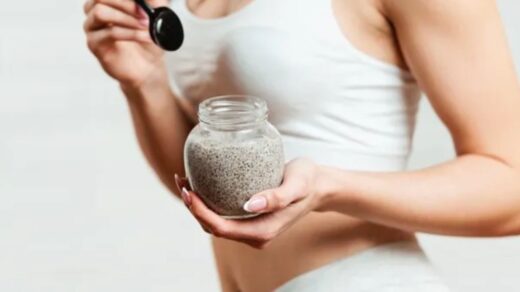
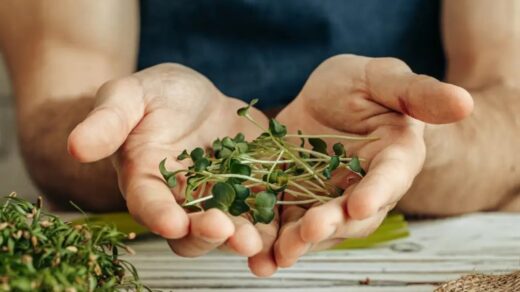



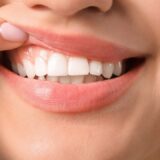
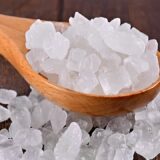
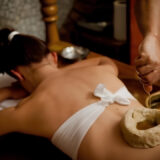
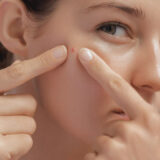

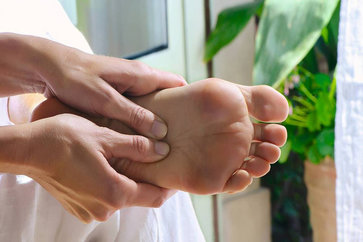
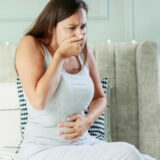
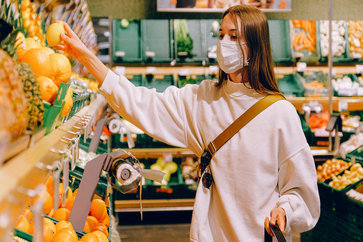



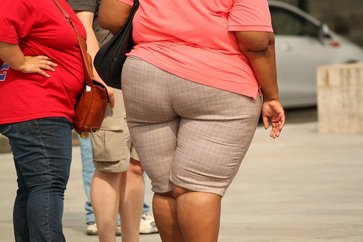
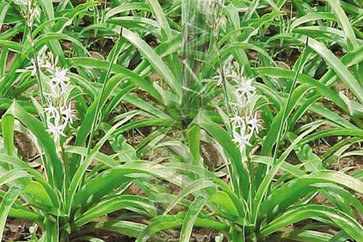
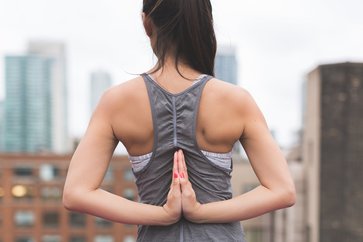





I always recommend people try a natural remedy before antibiotics. I hadn’t heard about the Tea Tree Oil remedy, I’ll have to check that out. Great post.
I have been suffering hardship from VAGINAL ITCHING AND BURING Dr says that it is very important to take consideration of diet, approximately 80% of recurrent fungal infections are estimated to be affected by diet, therefore dietary changes can stop recurring of yeast infections.
Some dietary changes to consider include:
– Elimination of foods containing yeasts or yeast products
– Eating foods that are known to have an anti-yeast effect
– Reducing the amount of sugar and refined foods
– Drink a lot of water
– Increased fiber intake
– Take vitamins and other supplements
It a study it has been found that around 75% of the female population have had genital yeast infection at least once in their lifetime. It is very common which women may suffer from it is not a sexually transmitted disease, but infection is to be paid attention.
This is super helpful! I appreciate the natural remedies shared here for managing yeast infections in a safe and effective way.